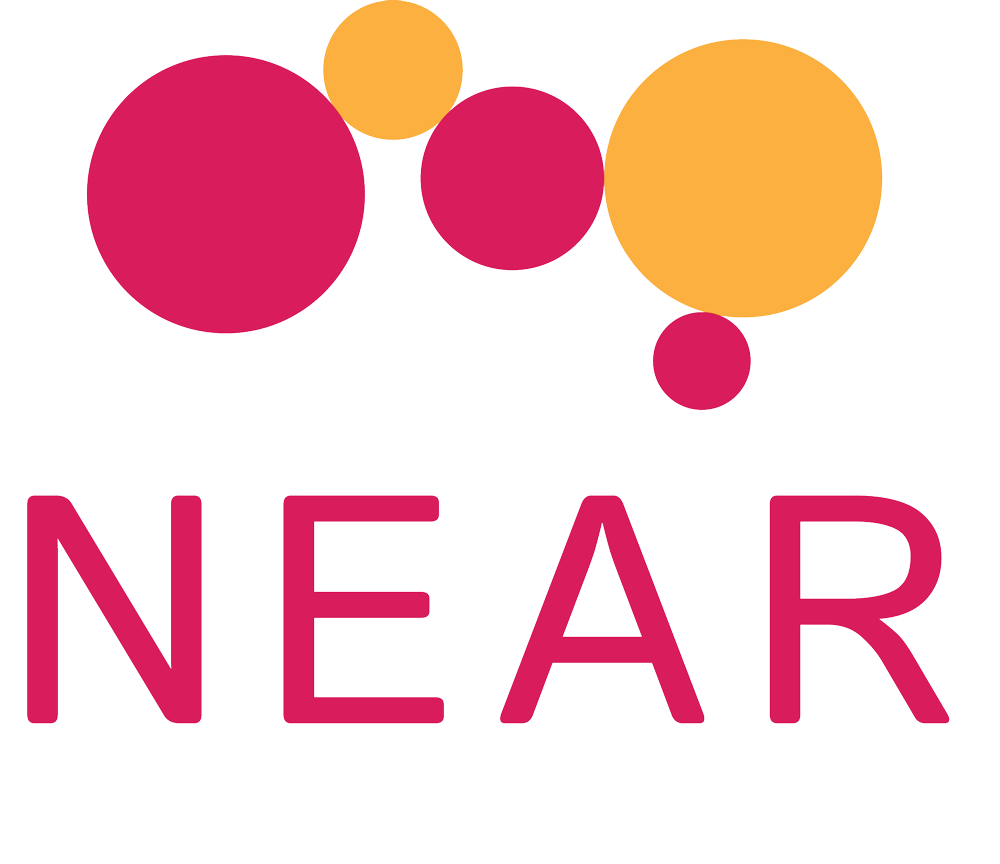Military vehicles drive into Rangoon during a coup d'état in Yangon, Myanmar on 1 March 2021. Photo by Maung Nyan
It has now been more than a year since the coup in Myanmar and formal access remains the biggest humanitarian challenge, particularly in conflict affected areas.
While most international agencies paused their operations after the coup, local civil society groups have stepped up to do that work.
“Right now, 95% of humanitarian operations in Myanmar are carried out by local actors,” explained a speaker at a recent NEAR webinar. A paper recently launched by the Myanmar Local Humanitarian Network, a coalition of civil society groups, was shared at an online “mixer” for NEAR members.
The paper focused on localisation and the role of intermediaries and was prompted by impatience at the slow pace of change.
“One of the reasons that we set up this network was to push the formal humanitarian system.
We don’t sit and wait for the UN, we do it our own way first as this is proven to work, but we do still need help from the aid system”.
The network was able to share not just the challenges they are facing in their political context, but also their position on localisation as a priority.
“The day-to-day reality is that local groups are the ones on the front line in the most challenging situations, and we carry all that by ourselves. Right now, we are facing the ‘four cuts strategy’ which means they cut off the internet, phones, food assistance and medical supplies. We work, of necessity, in informal structures and with local mechanisms and local knowledge, but this isn’t recognised by the humanitarian architecture and the system.”
The feeling that contributions by local actors are not recognised runs deep.
“Our capacities are not even recognised as capacities: we have been working with the UN and internationals NGOs for more than a decade but still they are talking about building our capacity. What about the capacities that we have that they don’t, such as language skills, knowledge of the context and long-established relationships?”
Impatience with attempts to reform the aid system is also close to the surface.
“Localisation is not new, we have been struggling with this issue for many years, even though our concerns only were formalised and named in 2016 at the Grand Bargain,” said one speaker. “To be honest, I feel a bit tired of the Grand Bargain discussion. It’s been more than 6 years but there are still such big gaps.”
For local humanitarians on the frontline, engaging the aid system can feel both exhausting and counter-productive:
“They will push you to join the cluster, to come to the meeting and to give information but while they are still doing that talking, local organisations have already started to respond. We have our own informal ways of coordinating, which is not accepted by the cluster system. But for them if it’s not in their formal mechanism, they don’t recognise it. The formal system is too slow and heavy so we work with, for example faith-based groups which are very close to the community. We can deploy immediately and also we can use our instincts and be flexible, not bound by their goals.”
Local responders in Myanmar also say that the power balance in the relationships between international organisations and CSOs are off-kilter, ranging from decision-making down to even the technocratic language used. “As local actors, the technical language used by the humanitarian system is very alienating. The whole aid architecture can be intimidating. We need to look at these unequal power relationships and make them more equitable.”
However, there are signs that some donors, at least, are starting to talk honestly about asymmetric relationships in the humanitarian system.
“We notice that some donors are slowly becoming aware of, understanding and recognising the work of local groups. When we talk about localisation we are very clear that funding must go directly to actors on the ground, particularly flexible funding. Decision-making authority must be moved closer to the ground where we are in the best place to make quick decisions.”
But beyond the difficult present, the network is also looking to the future:
“Localisation goes beyond the present: it is also about self-determination, about the future of the people, about their agency, their coping mechanisms and the need for rebuilding.”






